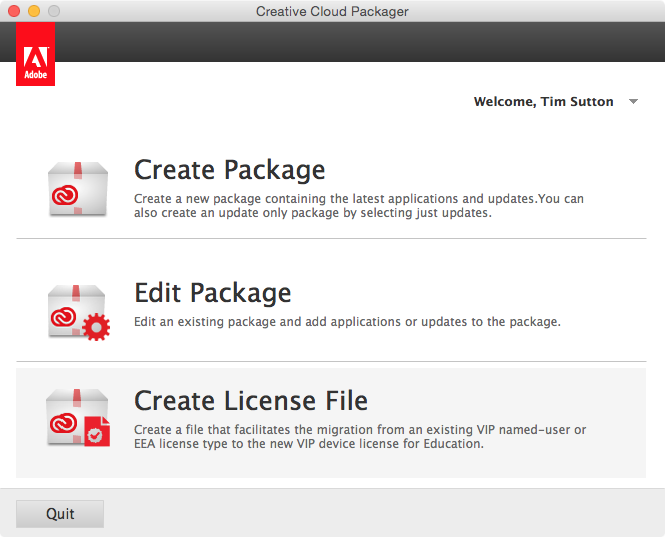

My theory at this time of writing is that while perhaps updating the setting for LastSeenBuddyBuildVersion in the Setup Assistant prevents these additional screens from showing, it’s not what is actually determining the behavior of the diagnostics reporting mechanism. Rich Trouton has (also today) documented an alternate approach to suppressing this diagnostics dialog. This script actually leaves the defaults as suggested by Apple, so tweak as desired – the objective here is to set them to something so that this phase of the Setup Assistant does not show. Note the lack of the "$3" variable, meaning this script would not apply to non-booted volumes if run within a postinstall script. One could also apply these plist keys to a booted system (using Munki, for example) using a script like the following. I’ve tested deploying this file within an image (built with AutoDMG) using a standard installer package with no scripts. So as far as I can tell, it may be enough to suppress this diagnostics prompt using only a ist file placed at /Library/Application Support/CrashReporter/ist, containing the above four keys. I’ve since performed tests deploying an new, unbooted 10.10.1 image that contains no LastSeenBuddyBuildVersion key in, where in previous Yosemite testing I’d been setting this key via a Configuration Profile. This all confirms that the service managing the diagnostic messages expects that admin users can write directly to this file (and indeed, systems I’ve seen all set this file to have read/write access for the admin group). Will not submit diagnostic messsages, admin user was unable to write into diagnostic message history, and methods that determine whether the authenticated user is an admin user. Digging through the binary at /System/Library/CoreServices/SubmitDiagInfo seems to suggest it is, with logging messages like: Diagnostic message history store was not writeable. I looked again at whether this was still something that comes into play given this most recent 10.10.1 update. In my testing, unchecking both checkboxes (Apple and app developers) for diagnostic submissions results in at least the following keys getting set in this plist: This involves writing additional keys to a file at /Library/Application Support/CrashReporter/ist. If the user was not an admin, the setup assistant window would still show but would simply show the “Setting Up Your Mac.” animation that plays at the end of the setup assistant process.īack when Yosemite was available only as developer previews, Rich had already documented on the Apple dev forums a process that seemed to disable this diagnostics prompt. However, with the release of OS X 10.10.1 on November 17, some admins reported seeing this dialog pop up again, and then that it might be possible to suppress by updating this new key with the updated build number of OS X 10.10.1, 14B25.įurthermore, whether it would show up seemed it may depend on whether the user is an admin or not.

Those who administer OS X clients typically look to disable such prompts on managed machines, either to avoid annoying users in shared workstation environments or because the organization may not (or may) wish to provide diagnostics information to Apple and third-party developers.īoth Rich Trouton and myself have documented what seemed to be an additional preference key that could be configured in the domain: LastSeenBuddyBuildVersion.

With OS X Yosemite, Apple added an additional phase to the Setup Assistant: the offer to submit diagnostics info to Apple and third-party developers, which is displayed either as part of a initial setup or upon first login (similar to the iCloud prompt).

You Oughta Check Out AutoPkg (PSUMAC 2014)Īrticles on AutoPkg in MacTech Magazine, print and iPad:.Managing Updates – The Next Level (MacSysAdmin 2013).IBM Endpoint Manager (/TEM/BigFix), by Matt Hansen.
PLIST FOR MAC ADOBE CREATIVE CLOUD SOFTWARE


 0 kommentar(er)
0 kommentar(er)
